California Gov. Gavin Newsom announced the 2025-26 state budget proposal on Jan. 10, the California State University system has found itself preparing for a reduction of around 7.95% or $375 million. Since then, the cut has been revised to a 3%, or $143.8 million, but the budget crisis still stands due to long standing deficits.
Sacramento State is one of many schools hit hard by the proposal, though the impact was cushioned a bit by increased enrollment rates. The full extent of the crisis remains unknown. Here is what Sac State President Luke Wood has shared about the budget crisis so far:
Details of the budget crisis
Wood first addressed the 2025-26 budget cuts during the 2025 Spring Address on Jan. 16. Sac State’s budget deficit was initially estimated to be around $33 million, much larger than those of previous years. At the time, Wood said a larger one-time cut of $45 million could avoid a potentially larger long-term cut of over $160 million. The larger cuts are mostly attributed to the CSU system’s deficit, initially caused by the 2024 Budget proposal.
The budget deficit was later amended at a Faculty Senate meeting in February to land around $37 million, which is the current outlook as of publication.
During another faculty open forum on March 27, Wood said additional causes of the current budget crisis were factors such as rising compensation for represented employees, lack of government information and communication, a $20 million state funding reduction, and a lack of resources among other various factors.
“The university is a disaster,” Wood said about the budget crisis.
In an update sent to faculty, deans and chairs by Provost Erika Cameron, it was confirmed that all colleges have to reduce course sections as a result of department cuts.
To make up for cost increases, Wood said each division was reduced. This resulted in about a 22% cut for every division except Academic Affairs, which will get two smaller cuts spaced over two years.
Wood said Sac State is also looking into resources that could serve as bridge funding and potentially participating in advocacy efforts.
Last year, the Budget Advisory Committee presented a reduction plan for the university, requiring each division to send a reduction proposal. Wood said all the divisions communicated out their reductions except for Academic Affairs, which ended up overspending their budget. It was later mentioned during the forum by Wood that the deans were unaware of such a decision.
On April 29, Wood announced that the initial operational control model, which would have consolidated the structure of deans and colleges, will not be implemented. Colleges will not be merged and the number of deans will stay the same.
RELATED: BREAKING: Sac State cancels plans to consolidate college oversight
Academic Affairs
Wood said the cuts are meant to preserve the Division of Academic Affairs which oversees all university colleges, departments, faculty, curriculum and research on campus.
Wood said there are many reasons the faculty feels in the dark, but that it’s mostly because the selection process of the new provost, Erika Cameron, took so long. Wood said the university needed to wait until a new provost was selected so that she could meet the university deans, the leadership team and the faculty.
“The truth is, all the divisions support the campus, but Academic Affairs is the heart of the university. There’s no university without it,” Wood said.
Wood said the absence of a proposal from Academic Affairs has contributed to the current financial challenges since all divisions, except Academic Affairs, submitted fee proposals.
Wood explained that the changes must be faculty-led, with the administration providing support.
RELATED: President Luke Wood updates financial plan to navigate $37 million deficit
Research funding
During the faculty forum, Wood said the school is currently making trade-offs and that the difficulties with research funding will not be permanent. He said there aren’t enough resources right now, but there will be more available in Fall 2026.
Wood said that there will be new student fees that will generate internship dollars, which can be used toward student research experiences. He said the school is also looking at donors for potential funds.
In April, President Donald Trump’s administration proposed major reductions for federal university funding. This includes a 40% cut of the National Institute of Health‘s budget, reducing it from $47 billion to $27 billion and affecting higher education research funded by the institute.
The Trump administration also revoked $2.2 billion in federal grants from Harvard, citing “Egregious Records of Antisemitism” following an April 12, 2025 protest on campus. Though Sac State was on a list of 60 schools to be investigated for alleged antisemitism, there has been no public confirmation or announcement that funding has been cut.
RELATED: President Wood answers student questions via Reddit AMA
Diversity, equity and inclusion related programs
Wood said that funding decreases related to diversity, equity and inclusion will likely target programs that exist to support protected classes. Wood said this may affect programs like “the gender center,” though it is unclear which center was being referred to. Due to the federal administration’s stance on undocumented individuals, Wood said they may also target funding for International Programs and Global Engagement’s work with international students.
During the March 27 forum, Wood said the federal administration may target programs like the Cooper-Woodson College, a program dedicated to enhancing retention and success among African students. Its large reliance on donor funding makes it relatively safer than others, though this does not apply to every program.
Wood said that programs tailored to specific campus communities must emphasize their openness to all students to avoid any appearance of discrimination. He said initiatives like the CWC should include non-black students in their materials to prevent potential funding cuts.
Most campus cultural and support centers now include an “Equal Opportunity and Excellence in Education and Employment” statement at the top of their web pages, such as on the Black Honors College and PRIDE Center pages.
Wood stressed the importance of collaborating with outside donors to mitigate the impact of federal cuts, though he acknowledged they remain at risk.
“To be honest, nothing is safe. Everything is, unfortunately, up for grabs,” Wood said.
Wood mentioned colleges like Columbia University, Penn State University and the University of California system that have complied with federal orders. He said that Sac State is not currently following that path.
“Sacramento State is going to continue to lift its values and continue to do the work that we’re doing,” Wood said. “If we are faced with a dilemma, we will address that dilemma as a community when it comes, but there will be no proactive compliance.”
Faculty Layoffs
In response to concerns about layoffs during the faculty forum, Wood said that dignity is to be expected for any member of faculty who invests in the campus community and assured faculty that they would be notified about layoffs ahead of time.
On April 14, 2025, the CSU Office of Statewide Labor Relations notified the California Faculty Association that the CSU may initiate layoffs, however the notice did not specify what departments would be affected. This followed Wood’s critical budget update, where it was announced that 28 administrative positions were removed, resulting in 15 terminations.
RELATED: CFA speaks out at Day of Action for Higher Education
The possibility of furloughs, or unpaid leave of absence, was also suggested to save jobs for lecturers and aid in the budget crisis, but Wood said that must be decided by the CSU system as a whole.
Wood also said that he doesn’t know if he supports furloughs at the moment because they already have faculty and staff that could be better compensated for their work. He said budget reductions are a better solution.
Current revenue and potential budget solutions
In order to decrease the deficit, Wood has proposed multiple plans and ideas to generate more potential revenue through athletics, increased enrollment and grants.
During a press conference on Jan. 8, Wood revealed plans for Sac State football to move to FBS in hopes that it could generate additional revenue. The move was discussed in further detail during the faculty forum on March 27.
Wood said in that forum that Sac State athletics is not earning as much as it could, so the school is looking to improve income through media rights deals and taking an entrepreneurial stance as a campus. Wood said 15% of athletics revenue will be allocated towards Academic Affairs.
“We’re missing out on significant media revenue that would normally be coming into the campus,” Wood said. “For a campus like ours, there should be anywhere between three and $10 million a year that the campus is making off of media rights. Our total media rights that we get for all of our athletics, for every single thing, is $100,000.”
Wood also said that Sac State is focusing on increasing enrollment in order to gain more funds, especially out-of-state students and international students who pay more in tuition than in-state students.
Wood said departments could possibly receive additional overload dollars from contract training and the College of Continuing Education could also be a source of extra revenue through PaCE funds.
It was also announced that a new Student Success Fee was being considered.
When asked about the possibility of implementing a student success fee Wood said that such a fee would be mandatory and require approval through a referendum. This means the student body must vote to approve the fee.
“Student success fees can only be done through a referendum, which is why most campuses never do it,” Wood said. “It is very difficult to convey information to students in a way that allows them to fully understand and then to vote, and have that go through.”
Wood said that he committed to alternative consultation for the next three years to address the budget deficit, which means input will be gathered from groups like student government or faculty as opposed to a campus-wide vote for any future directives, other than the Student Success Fee.
Students voted on the proposed Student Success Fee on May 13-14. The fee was not approved and will not take effect in the upcoming academic year, according to a May 15 update from Wood.
In the same update, Wood shared that Gov. Gavin Newsom released a revised 2025-26 state budget, reducing the proposed cut to the CSU from 7.95%, or $375 million, to 3%, or $143.8 million. Wood said if the revision is approved by the legislature, it would be good news for the CSU.



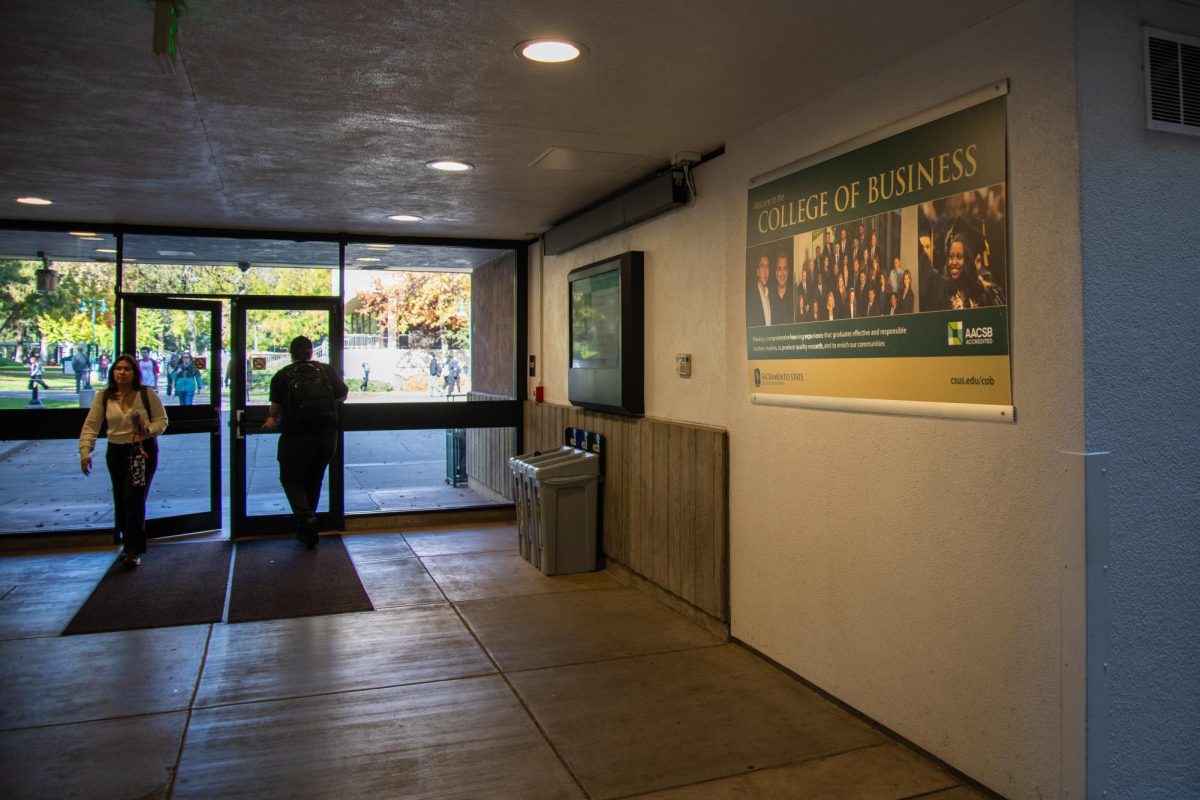

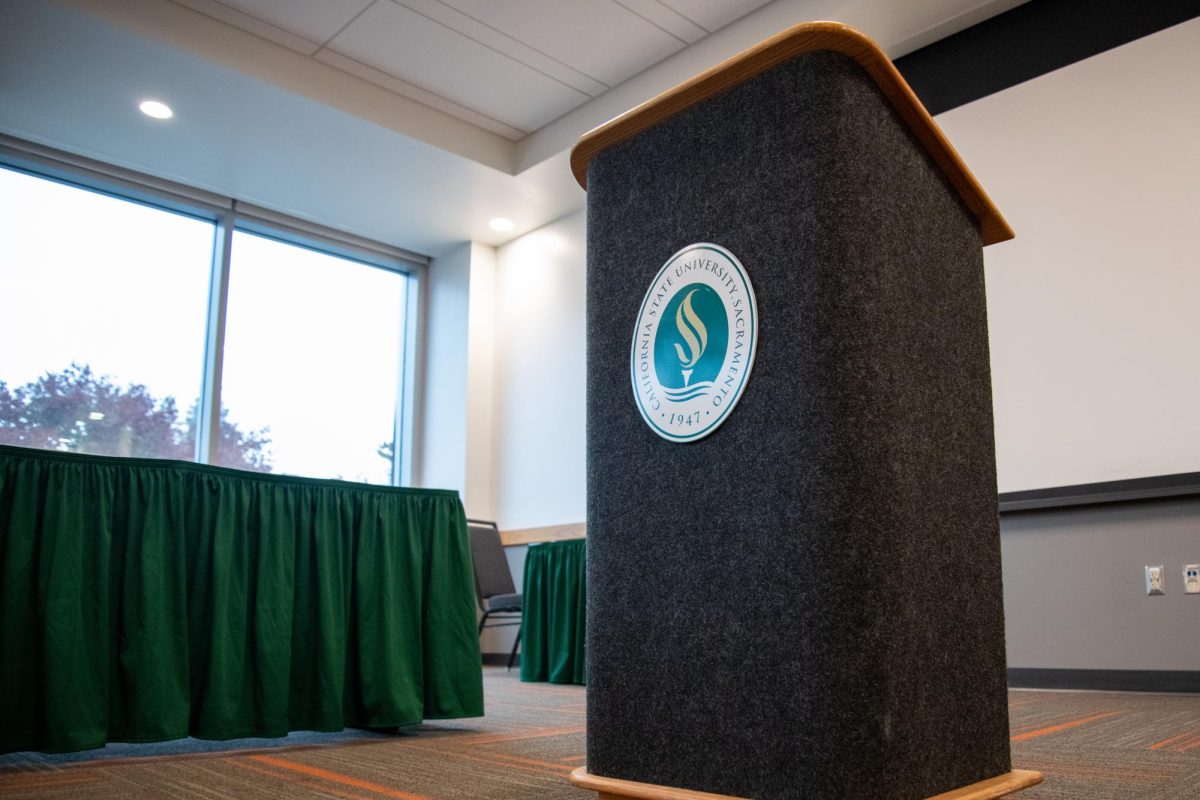



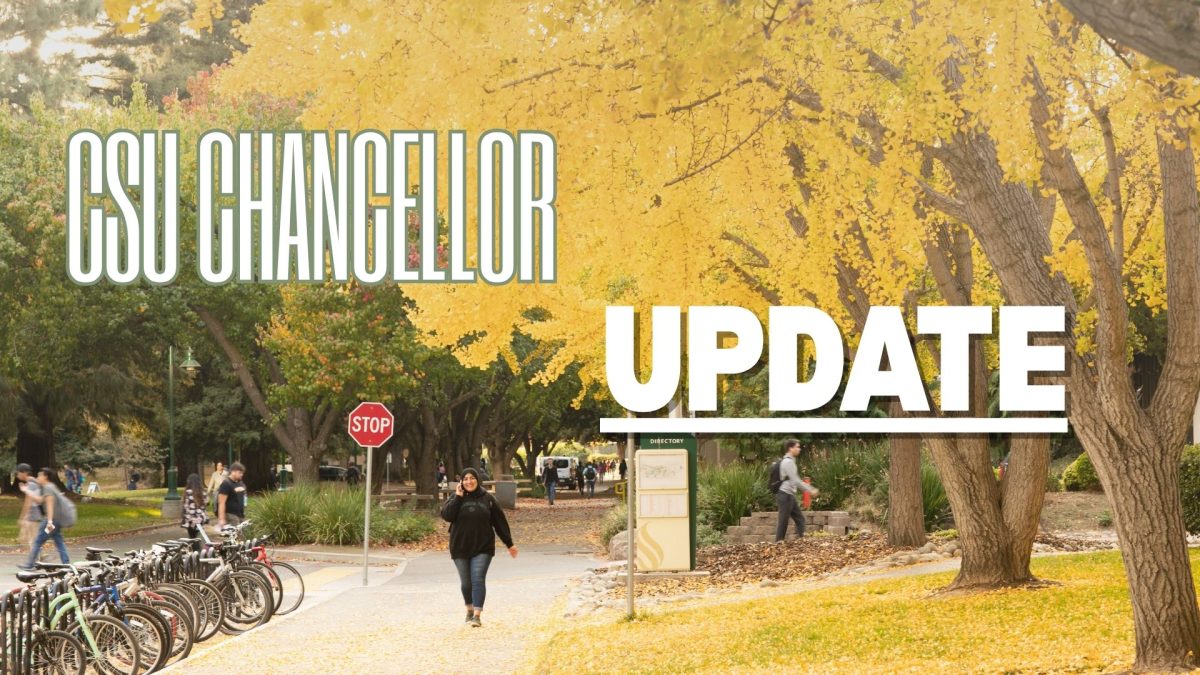

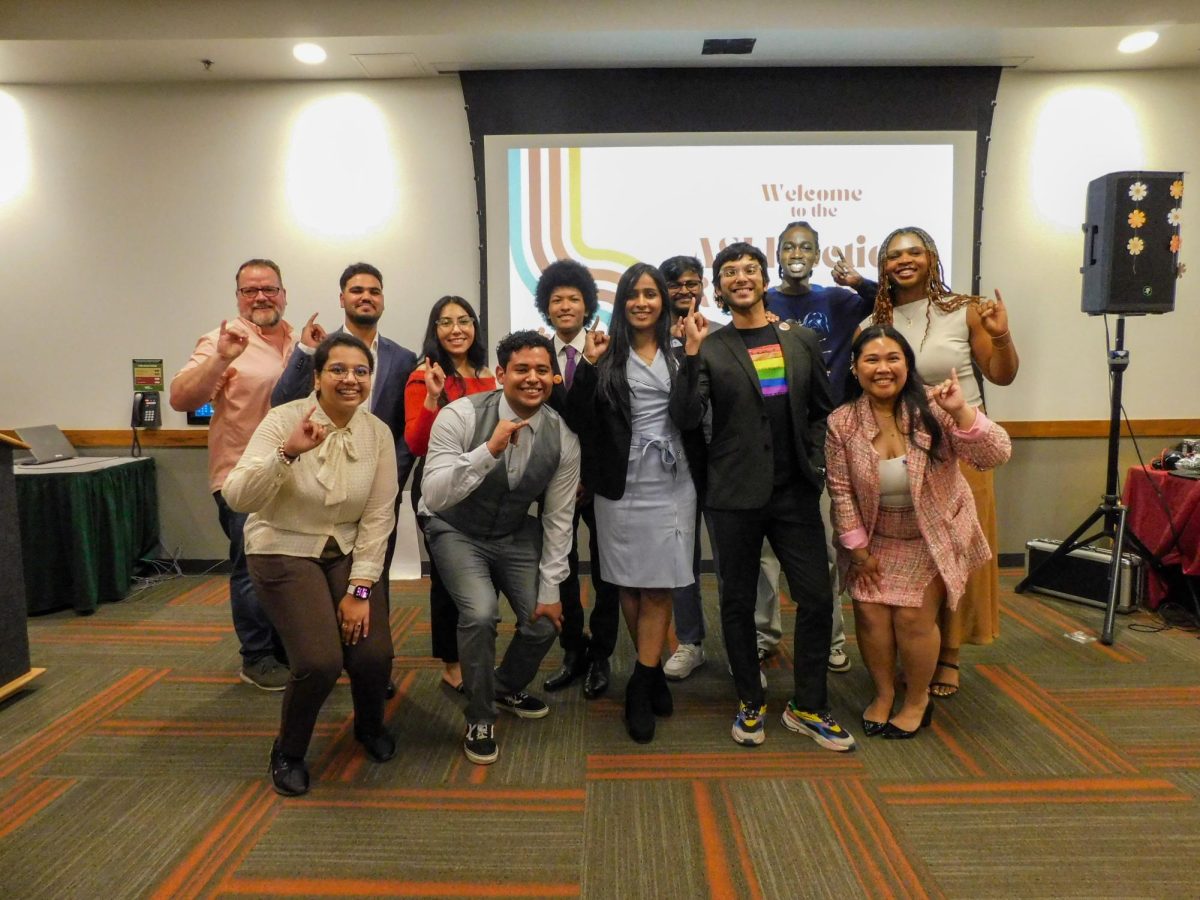


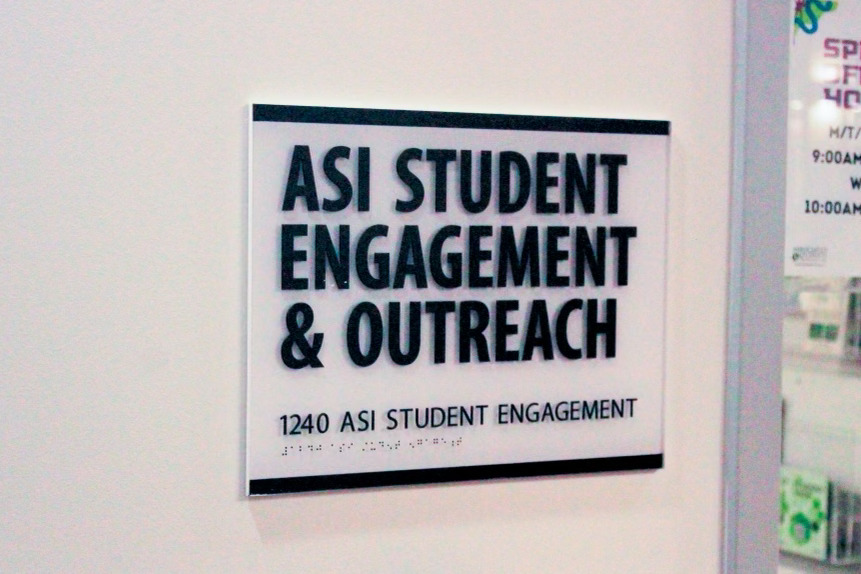


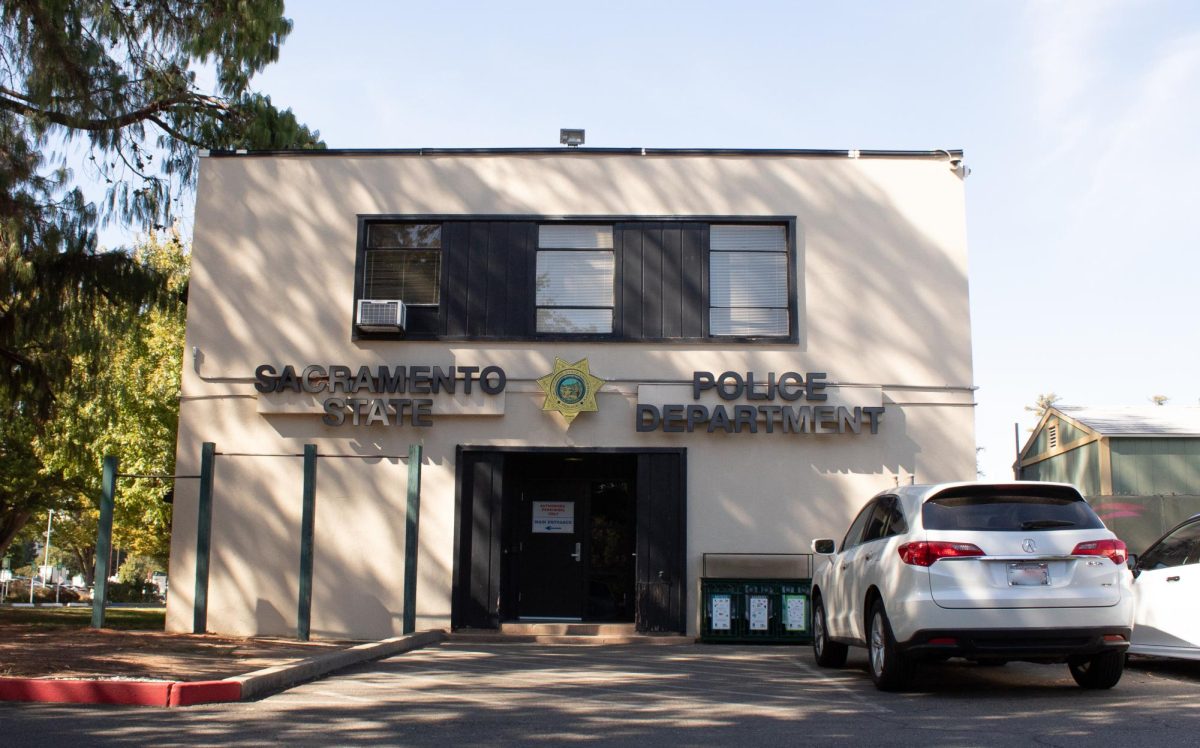
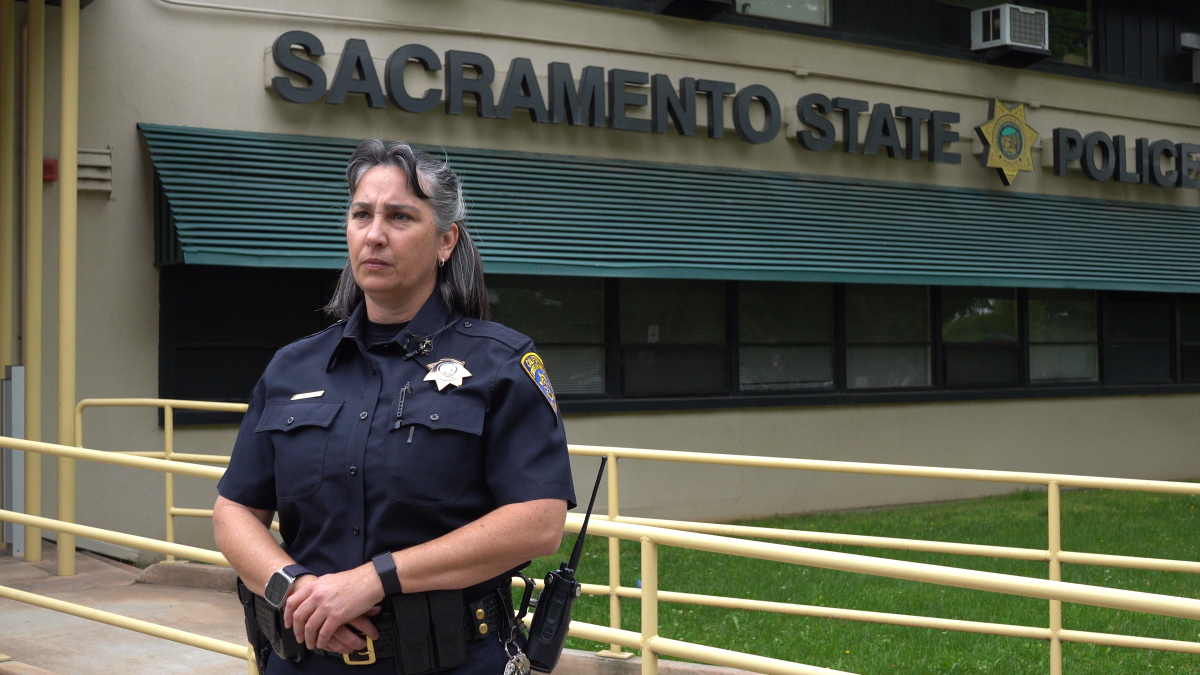






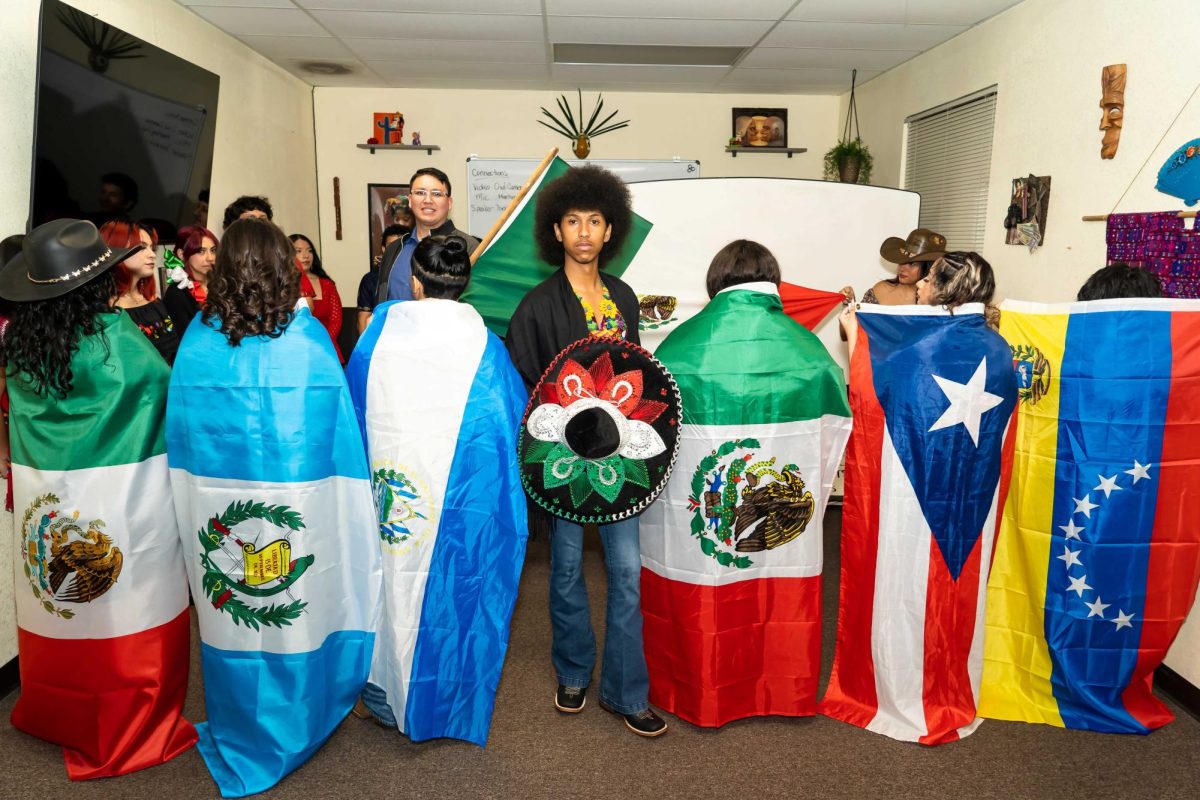
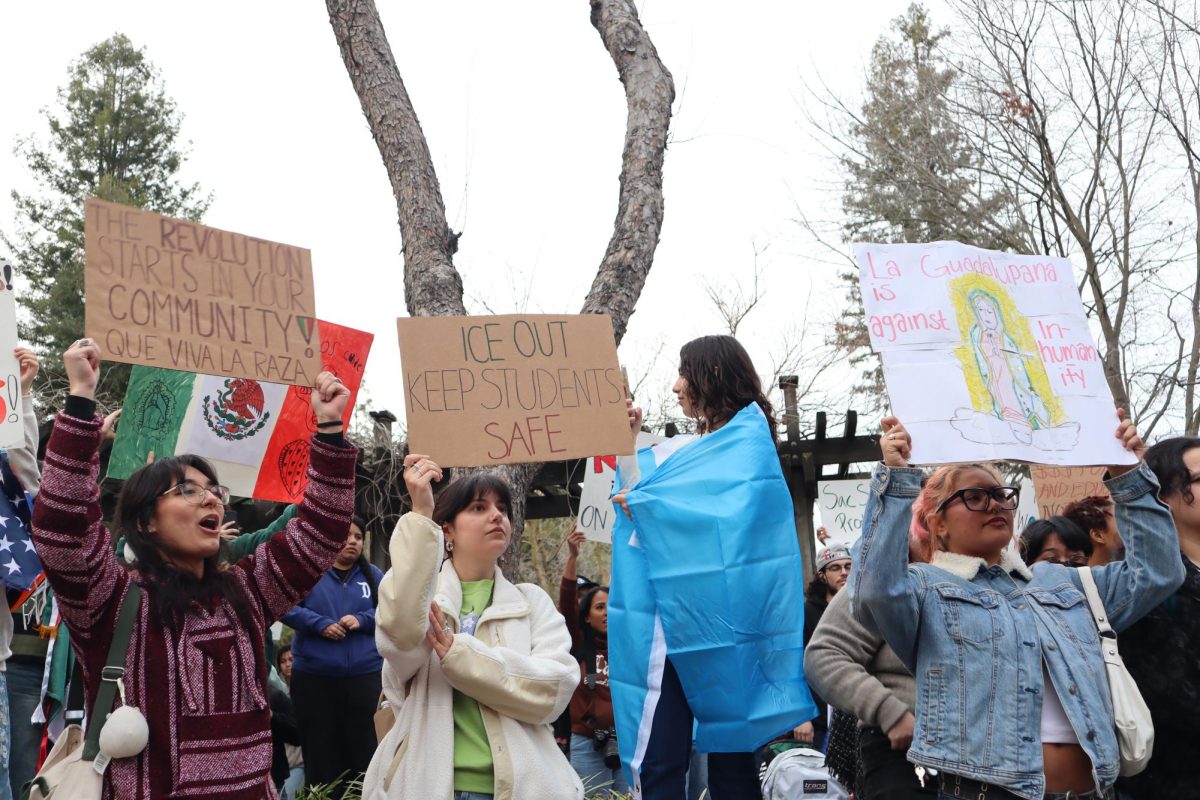

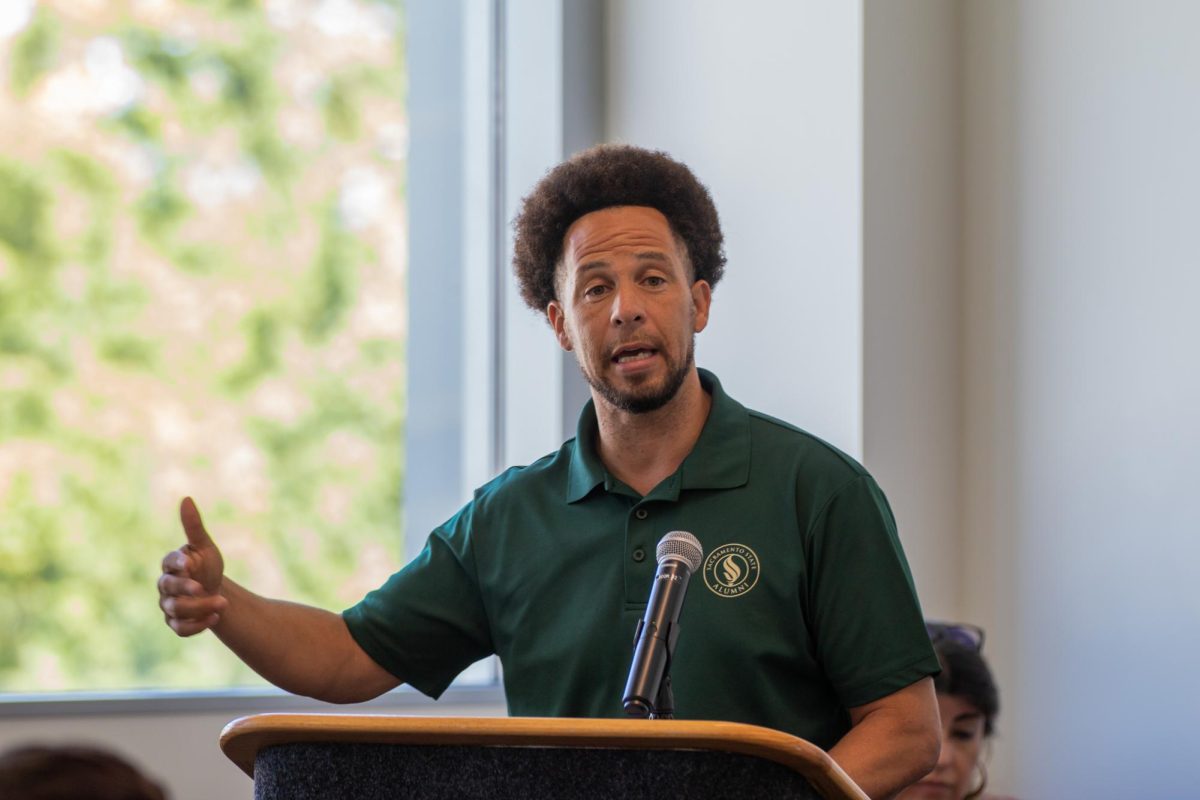
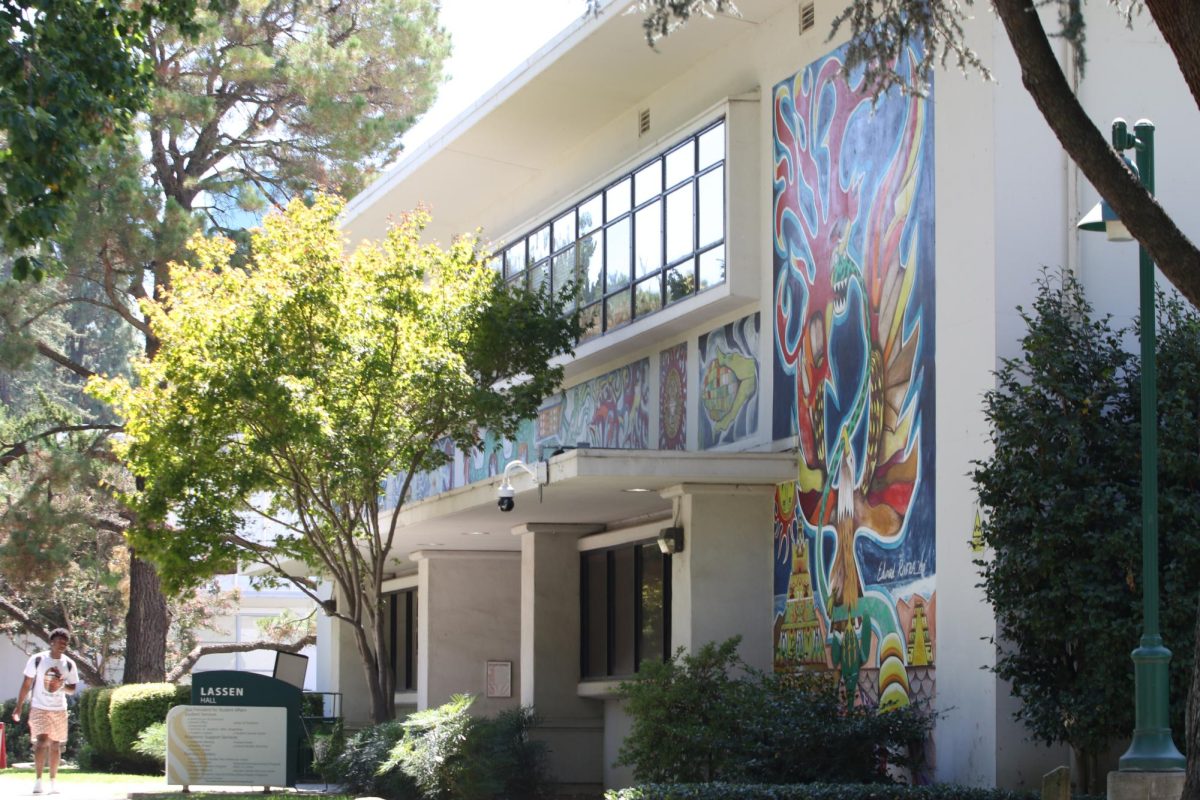

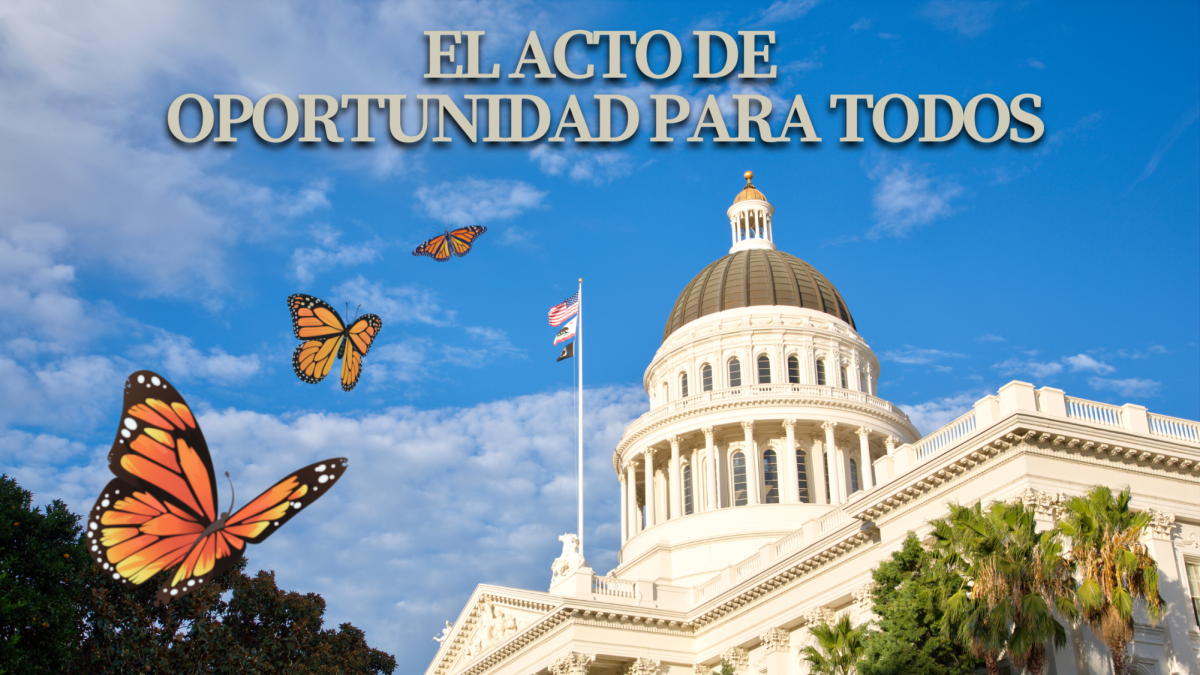






































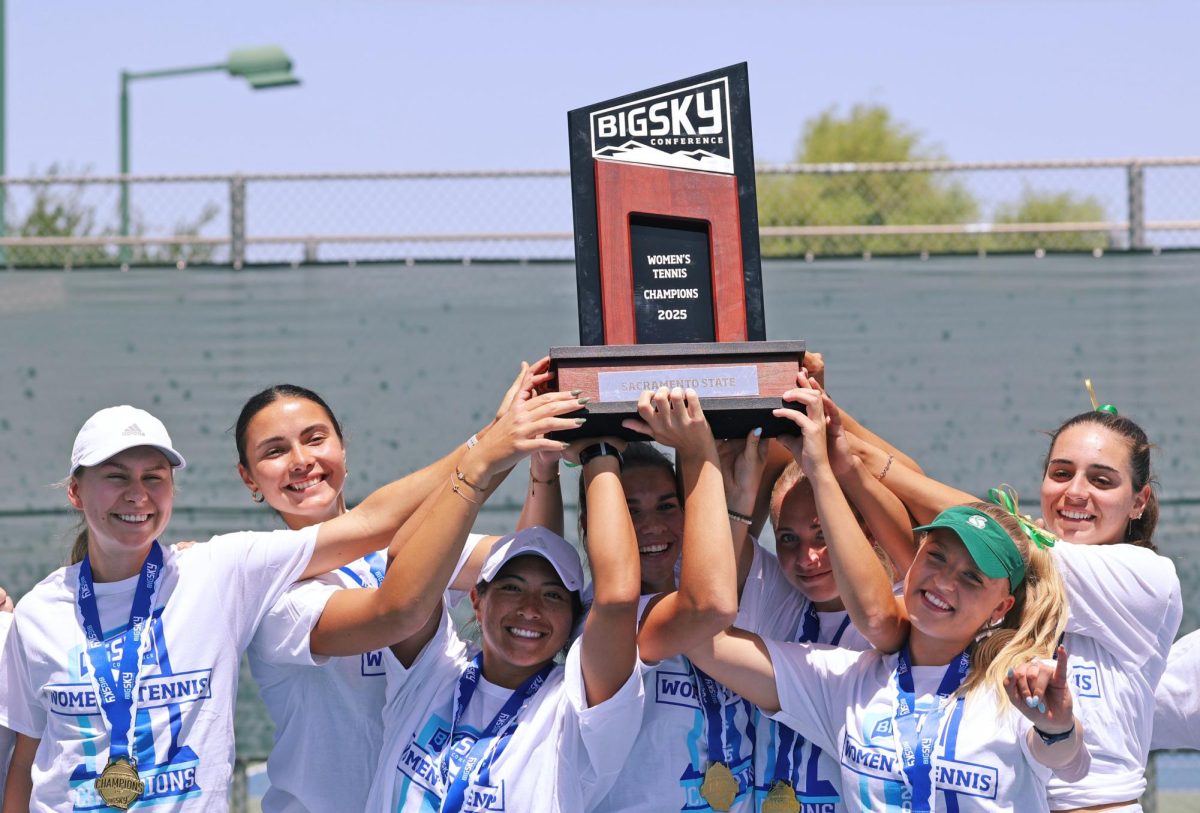







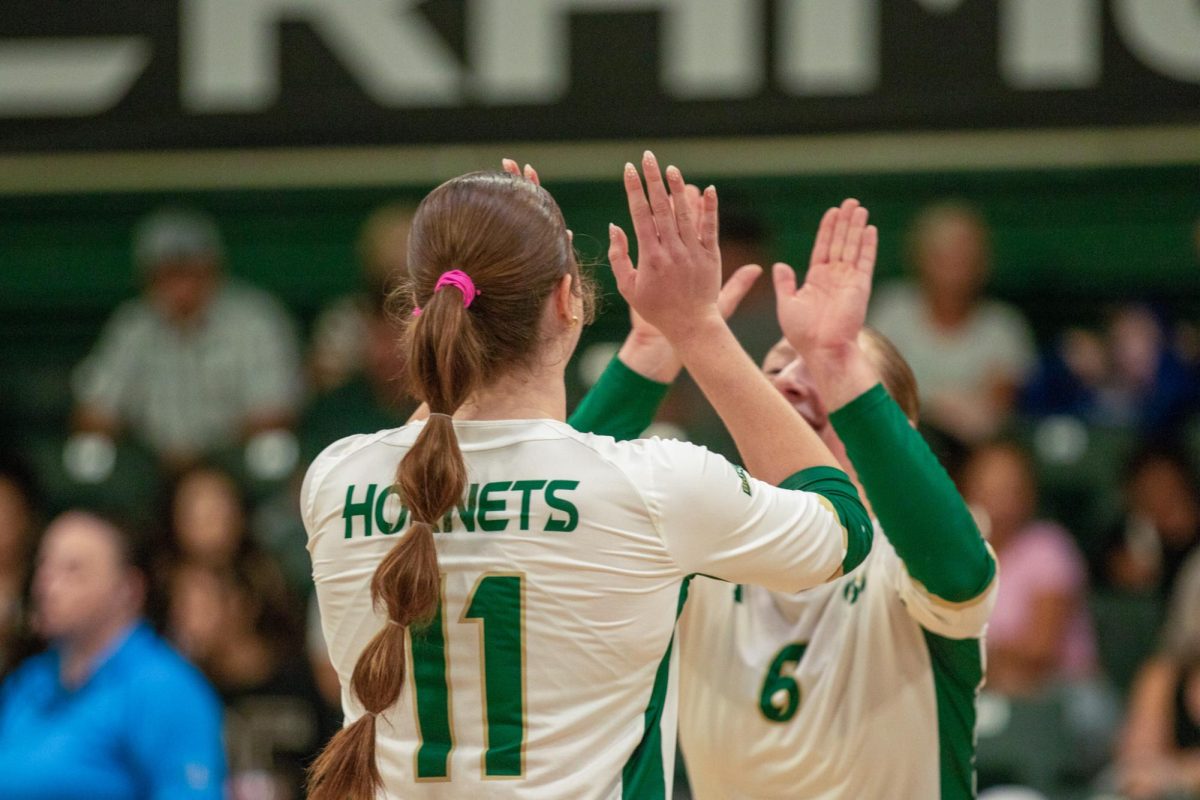

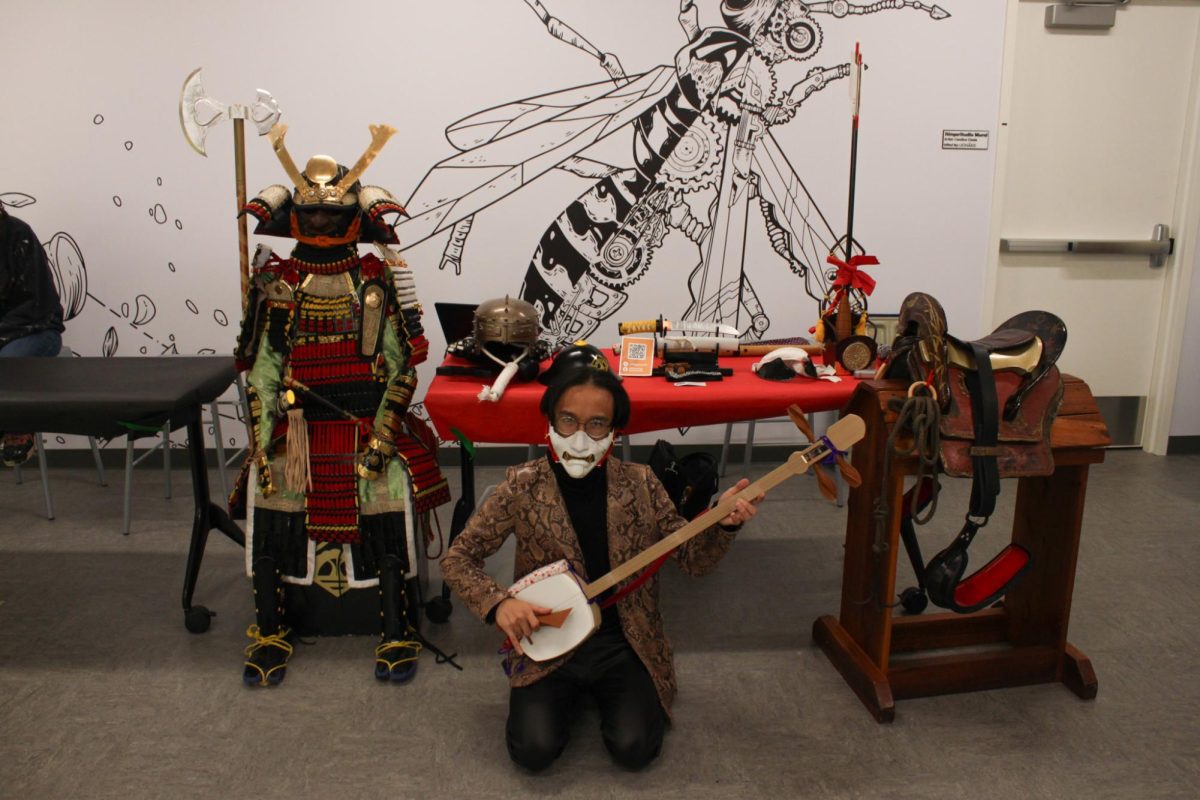




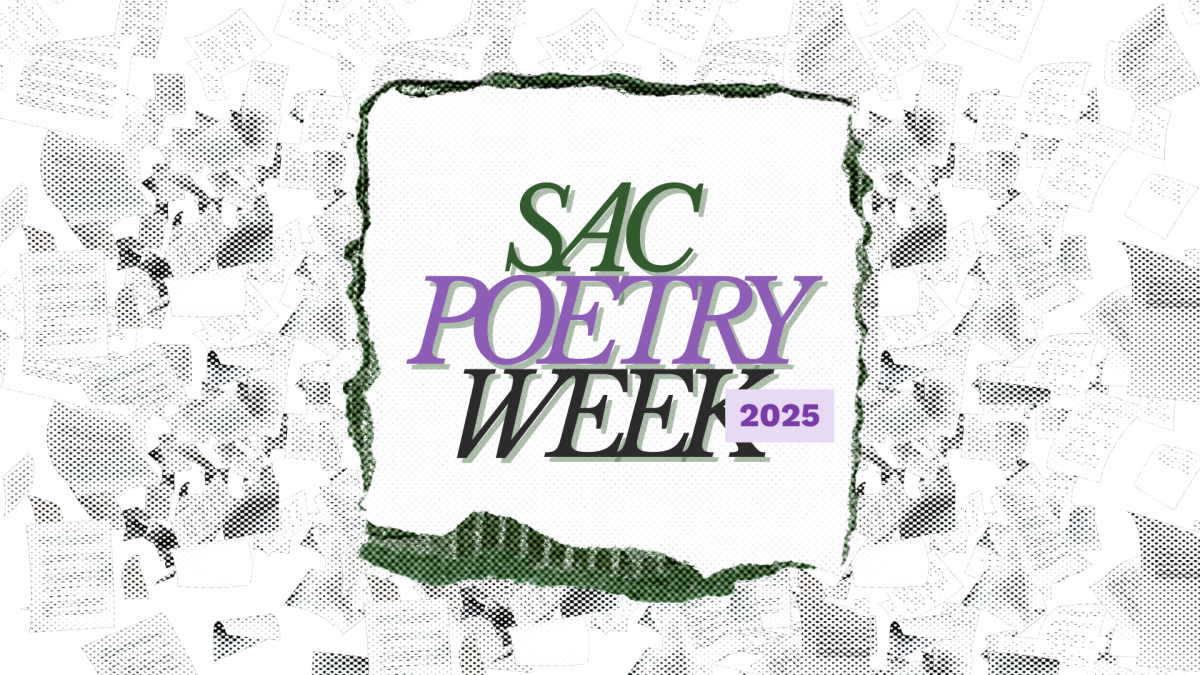


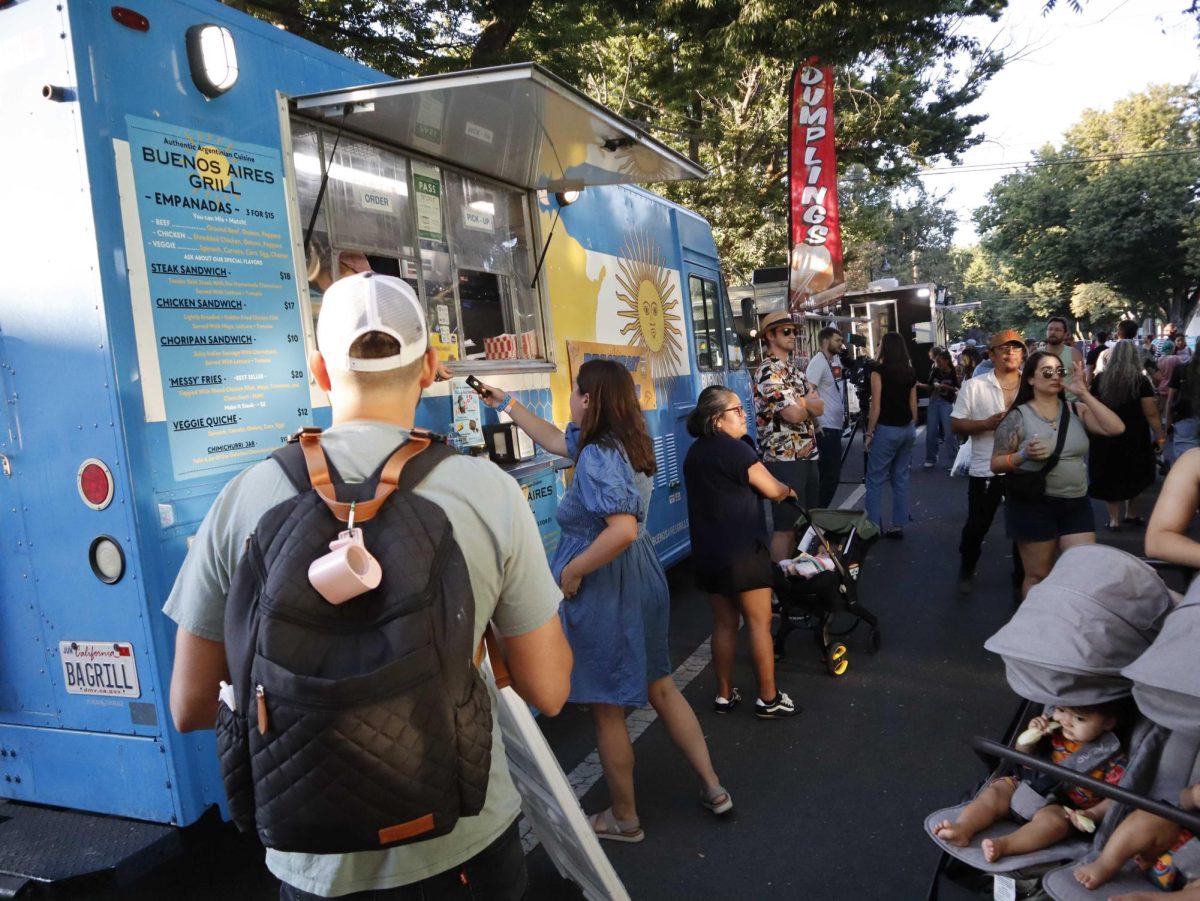

















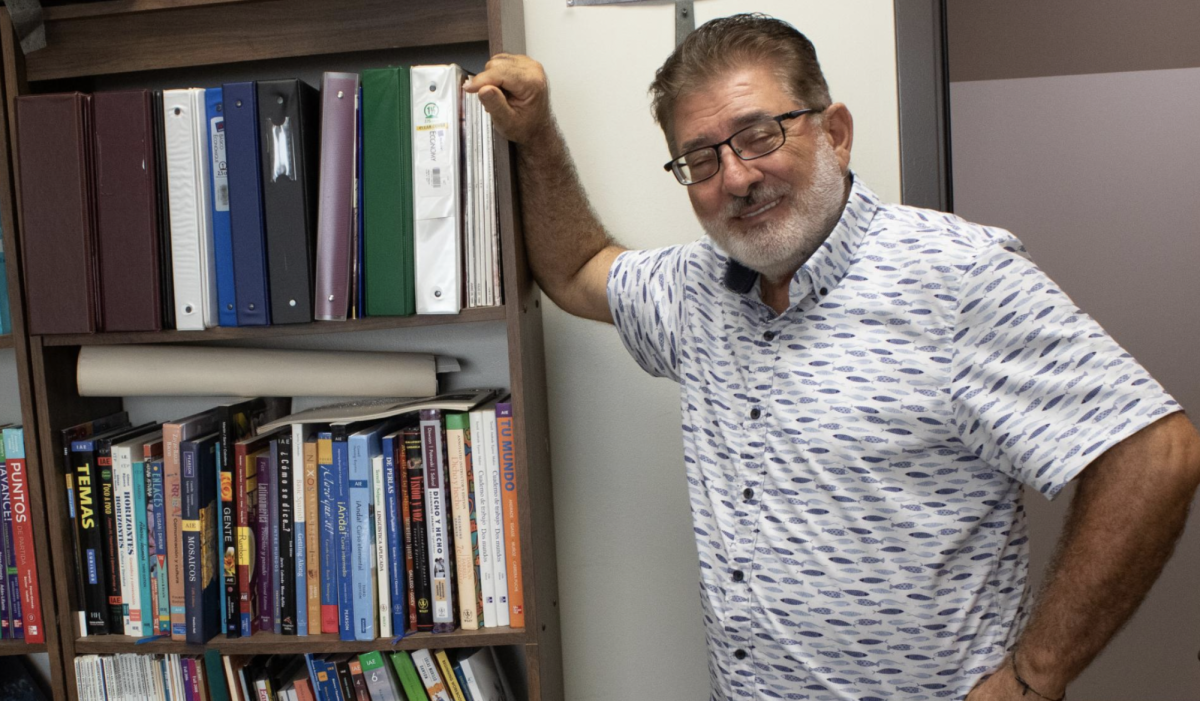


















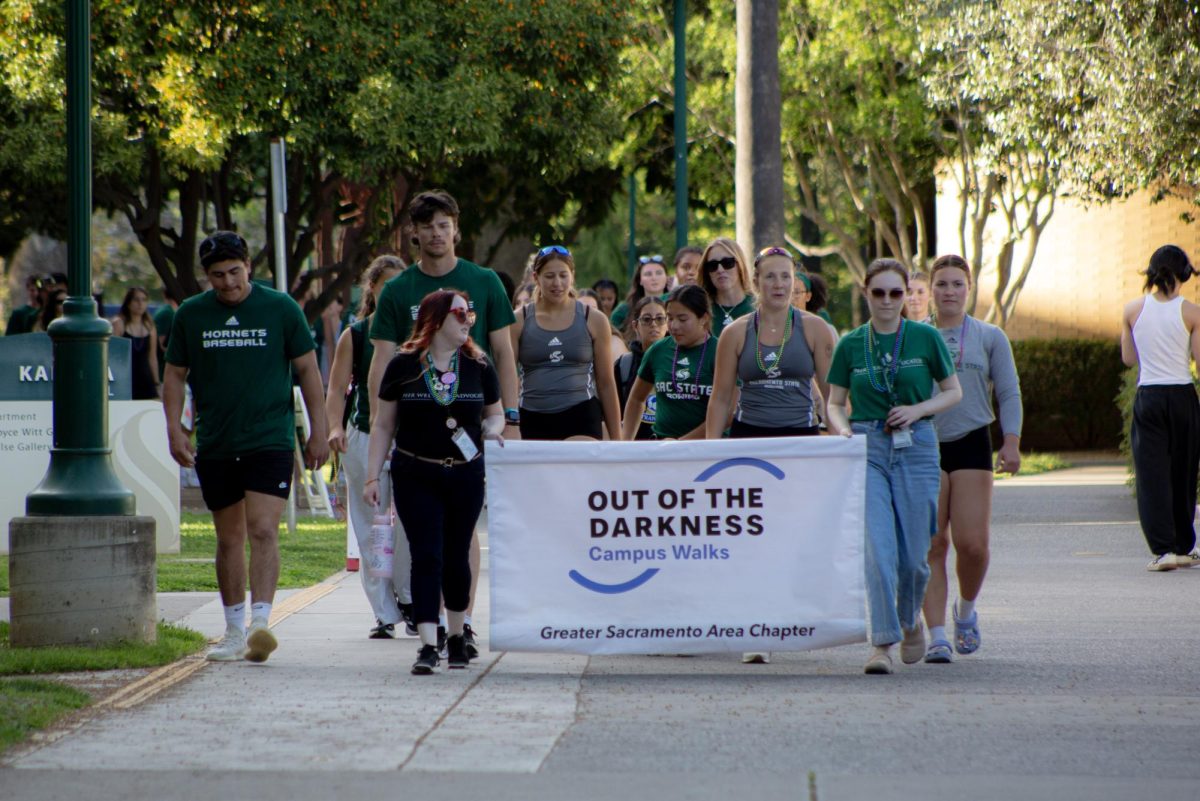



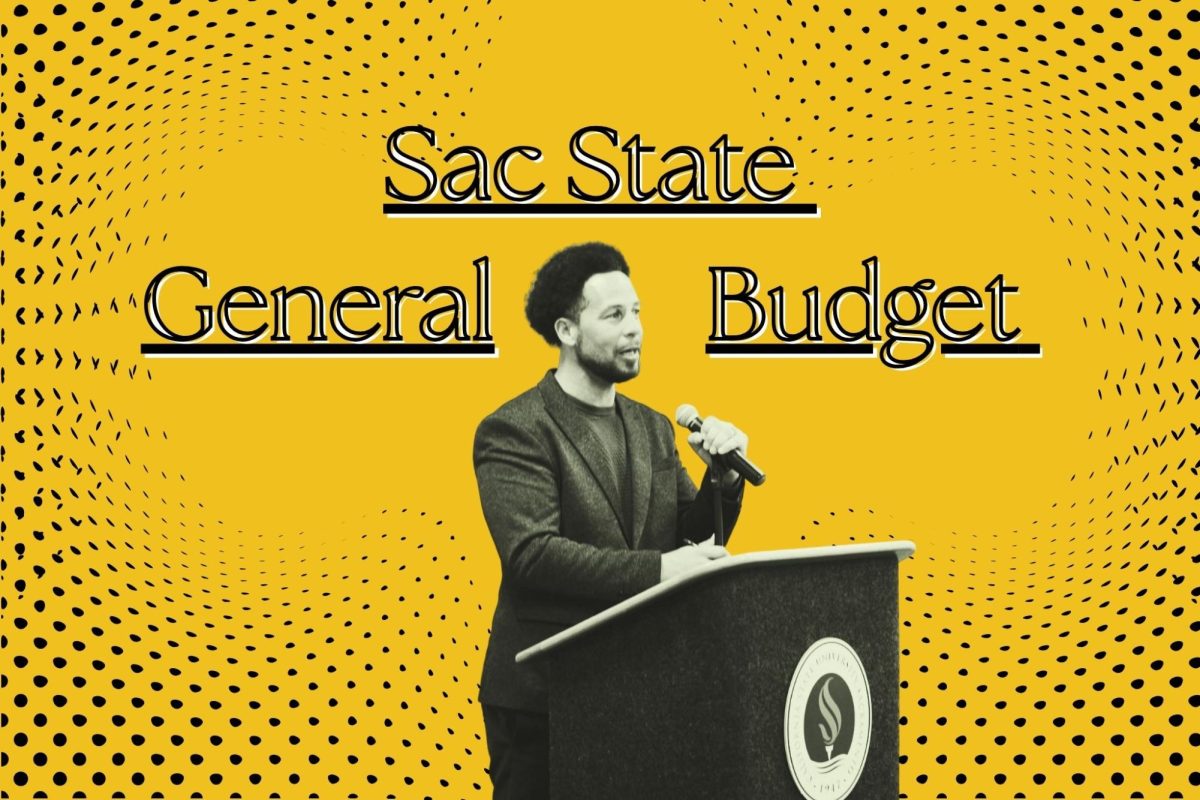



TD • May 27, 2025 at 3:49 pm
The university is NOT a disaster. What kind of leader speaks that way of the institution he leads?